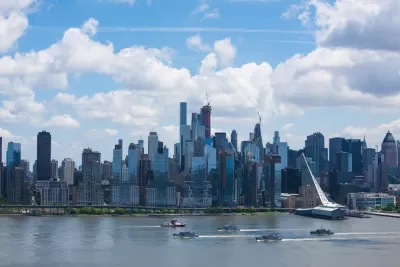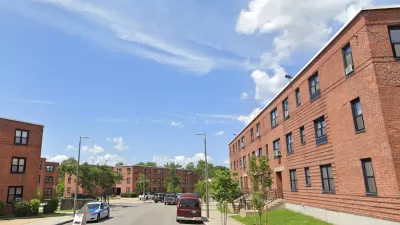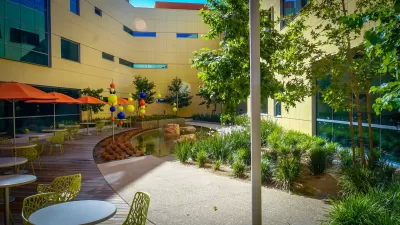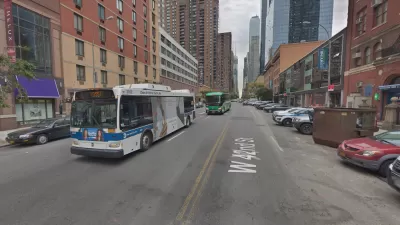The Trump and Kushner families are among the owners of the buildings that pollute New York most.

In terms of energy consumption, all skyscrapers are not equal. Energy consumption, measured in Kilo British Thermal Units (KBTUs), can be compared with emissions used in creating that energy. Using that information, New York Communities for Change and other environmental nonprofits calculated the emissions of buildings around New York City and found that 2 percent of those buildings were responsible for half of the emissions from buildings in the city. By looking at KBTUs per square foot, one can go beyond buildings and even roughly calculate the emissions of individual units in the building.
"That club is the biggest contributor to carbon dioxide pollution in New York, where just 2 percent of buildings produce nearly 50 percent of the city’s climate-altering emissions, according to a report released by New York Communities for Change, the People’s Climate Movement NY, the Working Families Party and two other city-based environmental nonprofits," Alexander C. Kaufman reports for the Huffington Post. President Donald Trump and his son-in-law, Jared Kushner's, families own multiple properties in that group.
Mayor de Blasio has tried twice to put forward legislation to limit emissions from buildings, but neither has gone into law.
FULL STORY: 2 Percent Of New York City’s Buildings Emit Half Its CO2 Pollution. They’re Luxury Towers

Planetizen Federal Action Tracker
A weekly monitor of how Trump’s orders and actions are impacting planners and planning in America.

Map: Where Senate Republicans Want to Sell Your Public Lands
For public land advocates, the Senate Republicans’ proposal to sell millions of acres of public land in the West is “the biggest fight of their careers.”

Restaurant Patios Were a Pandemic Win — Why Were They so Hard to Keep?
Social distancing requirements and changes in travel patterns prompted cities to pilot new uses for street and sidewalk space. Then it got complicated.

Platform Pilsner: Vancouver Transit Agency Releases... a Beer?
TransLink will receive a portion of every sale of the four-pack.

Toronto Weighs Cheaper Transit, Parking Hikes for Major Events
Special event rates would take effect during large festivals, sports games and concerts to ‘discourage driving, manage congestion and free up space for transit.”

Berlin to Consider Car-Free Zone Larger Than Manhattan
The area bound by the 22-mile Ringbahn would still allow 12 uses of a private automobile per year per person, and several other exemptions.
Urban Design for Planners 1: Software Tools
This six-course series explores essential urban design concepts using open source software and equips planners with the tools they need to participate fully in the urban design process.
Planning for Universal Design
Learn the tools for implementing Universal Design in planning regulations.
Heyer Gruel & Associates PA
JM Goldson LLC
Custer County Colorado
City of Camden Redevelopment Agency
City of Astoria
Transportation Research & Education Center (TREC) at Portland State University
Camden Redevelopment Agency
City of Claremont
Municipality of Princeton (NJ)





























